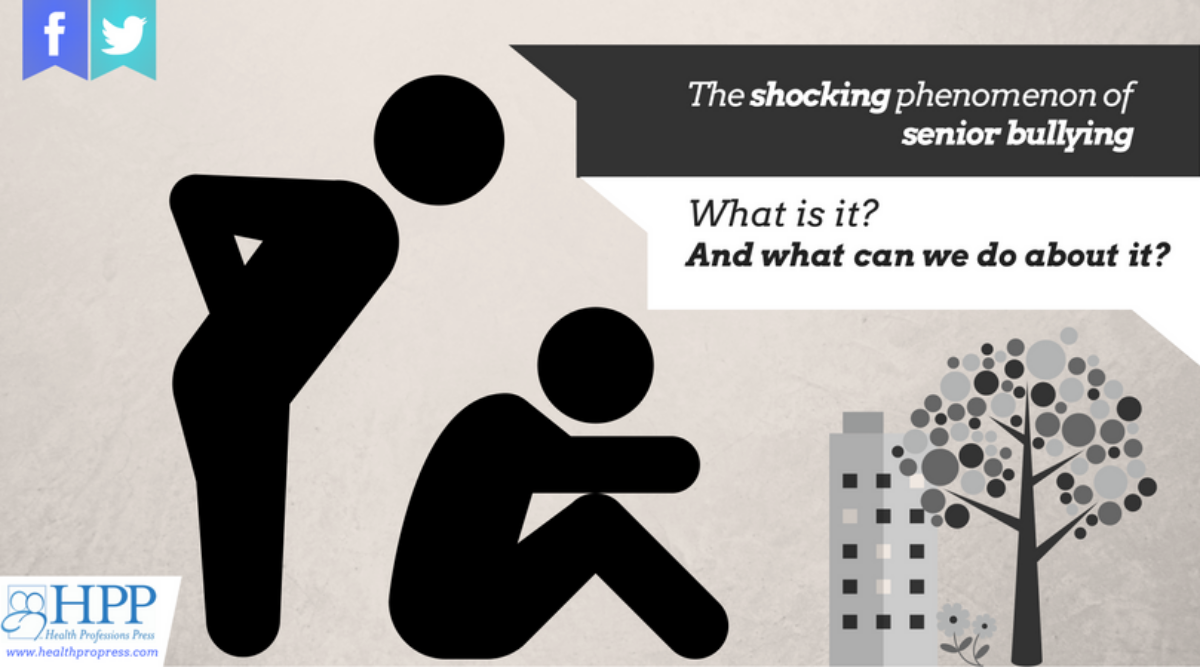
The Shocking Phenomenon of Senior Bullying
Bullying is not an experience limited to childhood…
When thinking of bullying, most people would picture schoolyard taunts, childish games, perhaps even being pushed and shoved—but certainly nothing that goes beyond grade school. However, new research has shown that bullying is not an experience limited to childhood, but is an epidemic occurring with an alarming frequency among older adults as well. Bullying among peers in senior programs and care settings (such as nursing homes and retirement communities) results in profoundly negative effects on the elders, the staff, and the community in which it is occurring. But little is known about this epidemic.
In 2010, Dr. Robin Bonifas—a social gerontologist and Associate Professor at Arizona State University School of Social work—began interviewing staff members in skilled nursing facilities as part of her work on long-term care, elder abuse, and the resilience of older adults. Discussing with them the range of negative interactions that contributed to significant emotional distress for facility residents, she found something that hadn’t surfaced in her earlier experiences in skilled nursing facilities.
“Residents were ridiculing one another,” shares Bonifas, “spreading rumors about other residents, and attempting to exclude some residents from group activities. These behaviors reminded me of bullying behaviors common among children and youth.” And they were found to be substantially damaging; effects included social isolation, low self-esteem, anxiety, and exacerbated physical and mental health conditions, among others.
Why do some older adults bully their peers? And how can we intervene and prevent it?
Because so little is understood about this phenomenon, Dr. Bonifas began researching resident-to-resident aggression, the result of which is her book, Bullying Among Older Adults: How to Recognize and Address an Unseen Epidemic. Through her research, Bonifas has compiled a guide for staff on dealing with bullying situations in senior care environments, providing interventions, learning activities, case studies, model intervention programs, and sample forms and policy guidelines. It teaches staff effective interventions such as empathy and civility training, empowerment strategies, bystander intervention, and more.
“This book addresses an important gap in the literature,” stresses Mercedes Bern-Klug, Ph.D., a John A. Hartford Geriatric School of Social Work Faculty Scholar and Director of Aging Studies Program at the University of Iowa. “[It] provides a foundation for understanding bullying behaviors among older adults and tools for practitioners who may be challenged by these behaviors.”
Understanding bullying requires examining both sides, and this book presents real stories and testimonials from elders themselves—both those being bullied and those who do the bullying. These stories provide insight into the range of factors that lead to bullying (such as generational divide and cognitive declines), and also how bullying and aggressive behavior affects those being bullied as well as those who witness bullying.
“This is a much needed, clearly written resource,” says Dr. Judah Ronch, author and Dean and Professor of the Erikson School and Affiliate Professor of Information Systems at the University of Maryland Baltimore County. “Anyone who works with older adults or is planning to should keep this handy as a practical reference in their day to day work.”
Undoubtedly, there is an entire population of elders being bullied by their peers. They may be suffering in silence, and staff may be unsure how to handle these delicate and tricky issues. But Bullying Among Older Adults provides practical answers to the critical question, “What can we do?”
Read the book!
Bullying Among Older Adults
How to Recognize and Address an Unseen Epidemic
By Robin P. Bonifas, Ph.D., M.S.W.
Copyright © 2016 by Health Professions Press, Inc.
Equip yourself with the knowledge and tools to recognize, intervene, and prevent resident-to-resident bullying in elder care.
Learn more about this issue:
Infograpic Bullying Among Older Adults: An Unseen Epidemic
Activity Quiz Is It Bullying?

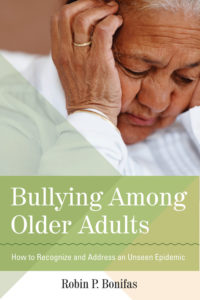
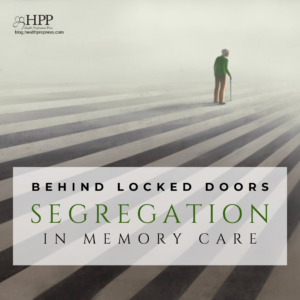
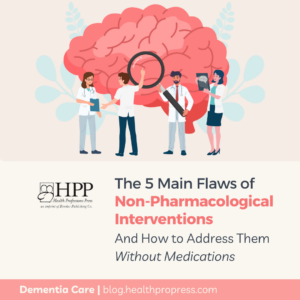
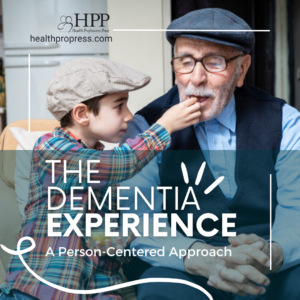
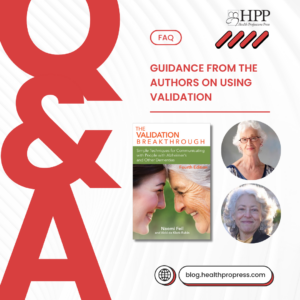
Add comment